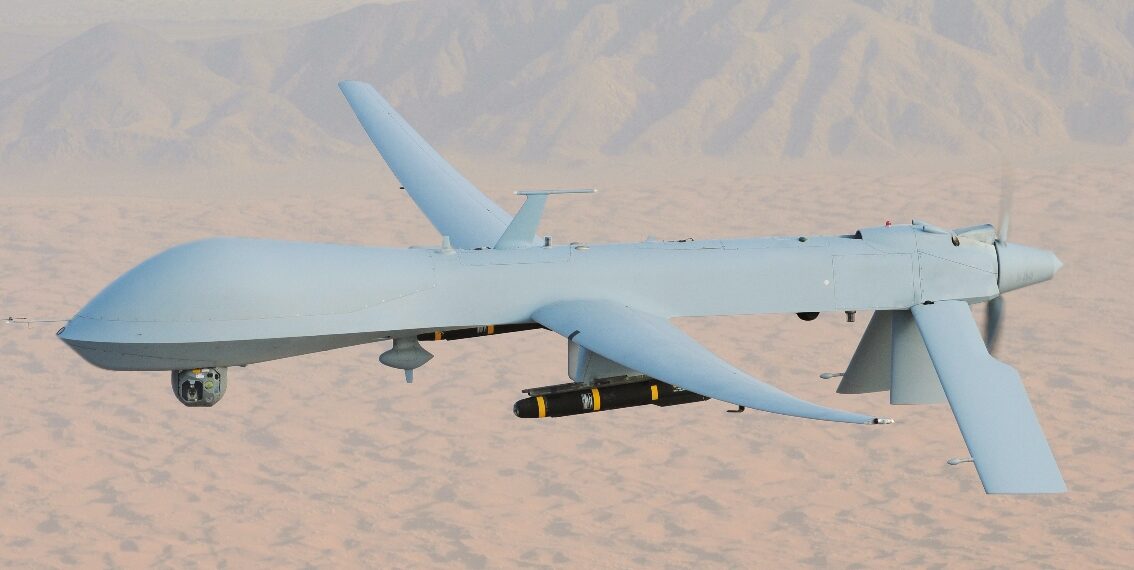How Far Can a Drone Camera See. Drones have transformed how we capture breathtaking aerial views, monitor landscapes, and conduct various tasks from the sky. One of the most critical aspects of a drone’s capabilities is its camera. People often wonder, “How far can a drone camera see?” In this detailed guide, we will explore the factors determining a drone camera’s range, the technology involved, and the practical implications of its vision.
Understanding Drone Cameras
Before we delve into the range of drone cameras, let’s start by understanding the types of cameras commonly used in drones and their key features. You may be interested in this also:Can Drones See Inside Your House
Drones can be equipped with different types of cameras, each with its unique features:
- Standard Cameras: These primary cameras can capture high-quality photos and videos. They are suitable for recreational and professional use.
- FPV (First Person View) Cameras: FPV cameras provide a real-time video feed to the drone operator, allowing for precise navigation and control during flight.
- Thermal Imaging Cameras: These cameras detect heat signatures for search and rescue, wildlife monitoring, and building inspections.
- LiDAR Sensors: LiDAR sensors use laser technology to create 3D terrain maps, making them ideal for surveying and mapping applications.
Camera Specifications
The performance of a drone camera is determined by its specifications, including:
- Resolution: Measured in megapixels (MP), the answer determines the level of detail a camera can capture. When it comes to finding who far drone camera see then Brushless Motor Drone with Camera-4K FPV will be a good option.
- Zoom Capability: Some drones have optical or digital zoom capabilities to get closer to distant subjects.
- Sensor Size: Larger sensors often improve image quality, especially in low-light conditions.
Factors Affecting a Drone Camera’s Range
Now, let’s explore the factors that influence how far a drone camera can see:
- Line of Sight
- Camera Lens
- Camera Sensor
- Transmission Technology
- Environmental Conditions
- Regulations and Laws
Line of Sight
The primary limitation of a drone camera’s range is its line of sight. The camera can only capture what is within its field of view, and this field of view decreases with distance.
Camera Lens
The quality and type of lens used in a drone camera play a significant role in determining its range. Lenses with higher optical quality can capture images at greater distances with clarity.
Camera Sensor
The sensor’s size and sensitivity to light affect the camera’s ability to see distant objects. Drones with larger sensors tend to perform better at longer ranges.
Transmission Technology
The technology used to transmit images and videos from the drone to the controller or a remote monitor also plays a crucial role. Drones often use radio waves for transmission, and the strength and interference of these signals can affect the camera’s range.
Environmental Conditions
Weather conditions like fog, rain, or extreme heat can impact a drone camera’s range. Reduced visibility due to adverse weather can limit the distance a camera can see.
Regulations and Laws
Drone operators must adhere to regulations that specify the maximum altitude at which they can fly their drones. These regulations vary by country and region and are designed to ensure safety and prevent privacy violations.
Practical Range of Drone Cameras
The practical range of a drone camera can vary widely depending on the factors mentioned above and the specific model of the drone. Generally, most consumer drones range from 1 to 3 miles (1.6 to 4.8 kilometers) when transmitting images and videos to the controller. However, this range is often limited by regulations that require the drone to remain within the operator’s line of sight.
FAQs
Can I extend a drone camera’s range?
Extending a drone camera’s range beyond its intended capabilities may not be legal or safe. Following regulations and guidelines set by drone manufacturers and aviation authorities is essential.
Do professional-grade drones have longer camera ranges?
Professional-grade drones often have more advanced camera systems and may offer longer transmission ranges than consumer drones. However, they are still subject to regulatory limitations.
Can I use additional equipment to improve my drone camera’s range?
Some drone accessories, such as range extenders and signal boosters, can help improve signal strength and extend the camera’s range within legal limits. Always follow manufacturer guidelines when using such accessories.
What should I do if I lose connection with my drone’s camera during flight?
If you lose contact with your drone’s camera, remain calm and reestablish the connection by following the manufacturer’s instructions. Most drones have a return-to-home feature that can be activated if communication is lost.
Are there any safety considerations when flying a drone at maximum range?
When flying a drone at its maximum range, it’s essential to maintain situational awareness, monitor battery life, and bring the drone back to the operator’s location before it runs out of power.
Conclusion
A combination of technological factors, environmental conditions, and legal regulations influences the range of a drone camera. While the practical range of most consumer drones falls within a few miles, drone operators must prioritize safety, adhere to rules, and use their drones responsibly. Understanding the capabilities and limitations of your drone’s camera will help you make the most of your aerial photography and videography experiences while respecting privacy and safety considerations.

